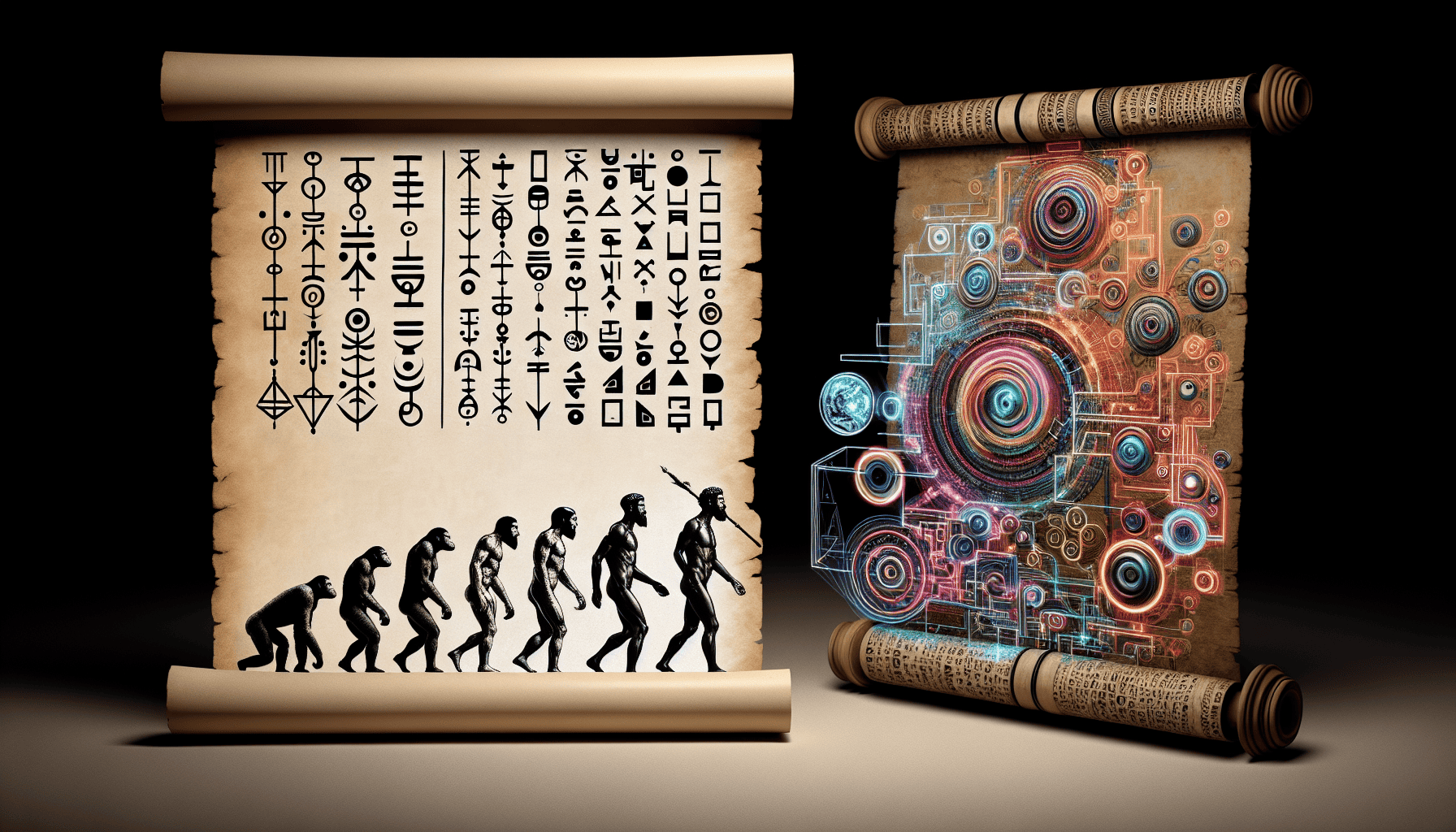Graphic design has a rich history that traces back to the earliest human civilizations and has evolved in tandem with human creativity and technological advancements. From ancient symbols to modern digital art, this visual communication field has continuously adapted to meet changing needs and embrace new ideas.
The origins of graphic design can be found in the ancient world, where early humans used symbols and pictographs to convey information and tell stories. Carvings on cave walls, pottery, and monuments reveal the initial attempts at visual communication, laying the foundation for written language. As societies evolved, so too did their methods of expression. Ancient Egyptians, for instance, used hieroglyphs not only for their functional purpose but also for their aesthetic appeal.
The Middle Ages witnessed the blending of art and utility in illuminated manuscripts. These religious texts were hand-copied and intricately decorated, with vibrant colors and gold leaf to convey the sacred nature of their content. This period demonstrated an increasing sophistication in design, typography, and the use of visual elements to enhance storytelling.
With the invention of the printing press in the 15th century by Johannes Gutenberg, a new era of graphic design emerged. The ability to mass-produce text revolutionized communication, making information more accessible and fostering the spread of knowledge. The Renaissance furthered this graphic explosion, as art and science merged to create detailed anatomical studies, maps, and technical diagrams. Typography started to become an art form, with distinct typefaces such as Garamond and Baskerville emerging.
The Industrial Revolution of the 18th and 19th centuries brought about seismic shifts in production and communication. Advances in lithography and engraving allowed for mass production of images. This period also saw the rise of the poster as a powerful medium for advertising. Highly decorated Victorian designs gave way to the cleaner lines and more modern aesthetics of the Art Nouveau movement, which emphasized organic forms and intricate patterns.
The turn of the 20th century marked the beginning of the modern graphic design movement. Influenced by the Bauhaus and De Stijl movements, designers embraced simplicity, functionality, and the unity of art and technology. This era also saw the development of corporate branding and identity, with iconic logos like Coca-Cola and IBM becoming timeless symbols.
As digital technology emerged in the latter half of the 20th century, graphic design underwent a transformative shift. The introduction of computers and software like Adobe Photoshop and Illustrator revolutionized the tools designers used, allowing for complex digital creations and unprecedented creativity. The rise of the internet in the 1990s further expanded the field's scope, opening avenues for web design and interactive media.
In the 21st century, graphic design is more diverse and dynamic than ever. The digital age has ushered in a new era of design that is fluid and interactive, with virtual reality, augmented reality, and motion graphics pushing the boundaries of traditional design. Social media platforms further democratize graphic design, enabling anyone with a smartphone app to create and share visual content.
Throughout its evolution, graphic design has continually reinvented itself while serving as a mirror to societal changes. Today, it embodies a blend of art and technology, tradition and innovation—transforming how we communicate, perceive, and understand the world around us.
The journey of graphic design is a testament to human ingenuity and adaptability, offering a glimpse into not just where we've been, but where we're headed. As technology continues to evolve, so too will graphic design, forever at the crossroads of creativity and communication.
